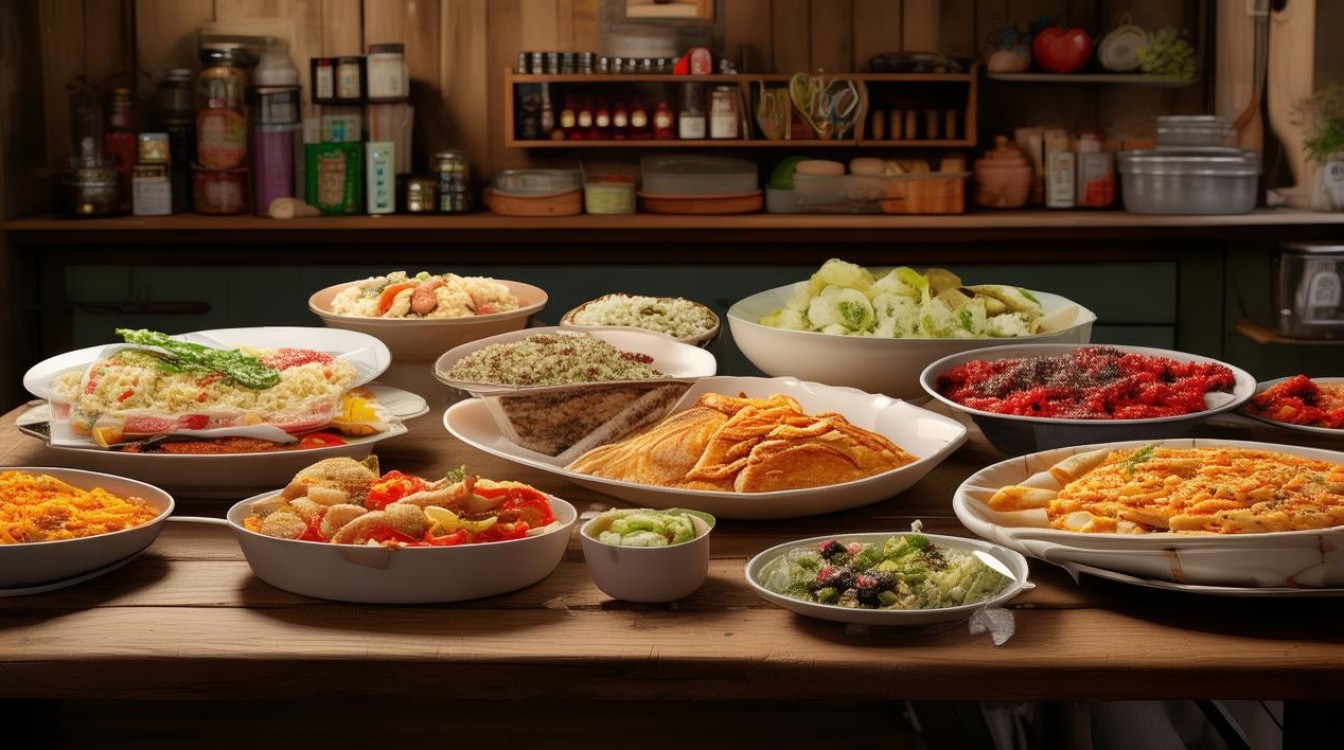Food is a universal language, and knowing the right words to describe it can make conversations richer. Whether you're dining out, cooking, or simply discussing flavors, mastering food-related vocabulary enhances your English skills. Let’s dive into the world of delicious food terms, from ingredients to cooking methods.

Common Food Categories
Fruits & Vegetables
Fresh produce is essential in every cuisine. Here are some must-know words:
- Fruits: Apple, banana, mango, strawberry, pineapple, watermelon, peach.
- Vegetables: Carrot, broccoli, spinach, cucumber, eggplant, bell pepper.
Meat & Seafood
Protein-rich foods vary across cultures:
- Meat: Beef, pork, chicken, lamb, duck.
- Seafood: Salmon, shrimp, lobster, crab, tuna, squid.
Dairy & Alternatives
Dairy products add richness to meals:

- Milk, cheese, yogurt, butter, cream.
- Non-dairy options: Almond milk, soy cheese, coconut yogurt.
Grains & Bread
Staples in many diets:
- Rice, pasta, bread, quinoa, oats, barley.
Describing Taste & Texture
To express how food feels and tastes, use these terms:
Flavors
- Sweet (honey, chocolate)
- Sour (lemon, vinegar)
- Salty (chips, olives)
- Bitter (dark chocolate, coffee)
- Spicy (chili, pepper)
- Savory (umami-rich foods like mushrooms)
Textures
- Crunchy (nuts, crackers)
- Creamy (avocado, pudding)
- Crispy (fried chicken, potato chips)
- Tender (slow-cooked meat)
- Juicy (ripe fruits, grilled steak)
Cooking Methods & Dishes
Different techniques create unique flavors:

Cooking Techniques
- Grilling: Cooking over direct heat (burgers, kebabs).
- Baking: Using an oven (cakes, bread).
- Frying: Submerging in hot oil (french fries, tempura).
- Steaming: Using vapor (dumplings, vegetables).
- Boiling: Cooking in hot water (pasta, eggs).
Popular Dishes Worldwide
- Italian: Pizza, pasta, risotto.
- Japanese: Sushi, ramen, tempura.
- Mexican: Tacos, burritos, guacamole.
- Indian: Curry, biryani, naan.
Food-Related Phrases for Conversations
Use these expressions when talking about food:
- "This dish is flavorful!"
- "The texture is perfect—crispy outside, soft inside."
- "I prefer mild over spicy food."
- "Could I have a refill, please?"
Why Learning Food Vocabulary Matters
Understanding food terms helps in:
- Ordering confidently at restaurants.
- Following recipes accurately.
- Sharing culinary experiences with others.
Food connects people, and knowing the right words makes every meal more enjoyable. Whether you're a food lover or a language learner, expanding your vocabulary opens doors to new flavors and cultures.

So next time you savor a dish, try describing it in English—it’s a delicious way to practice!



